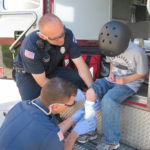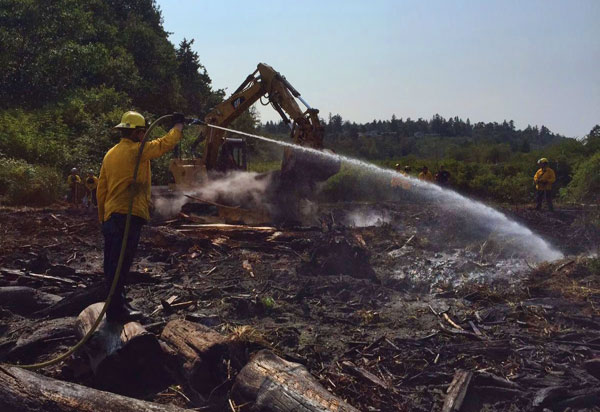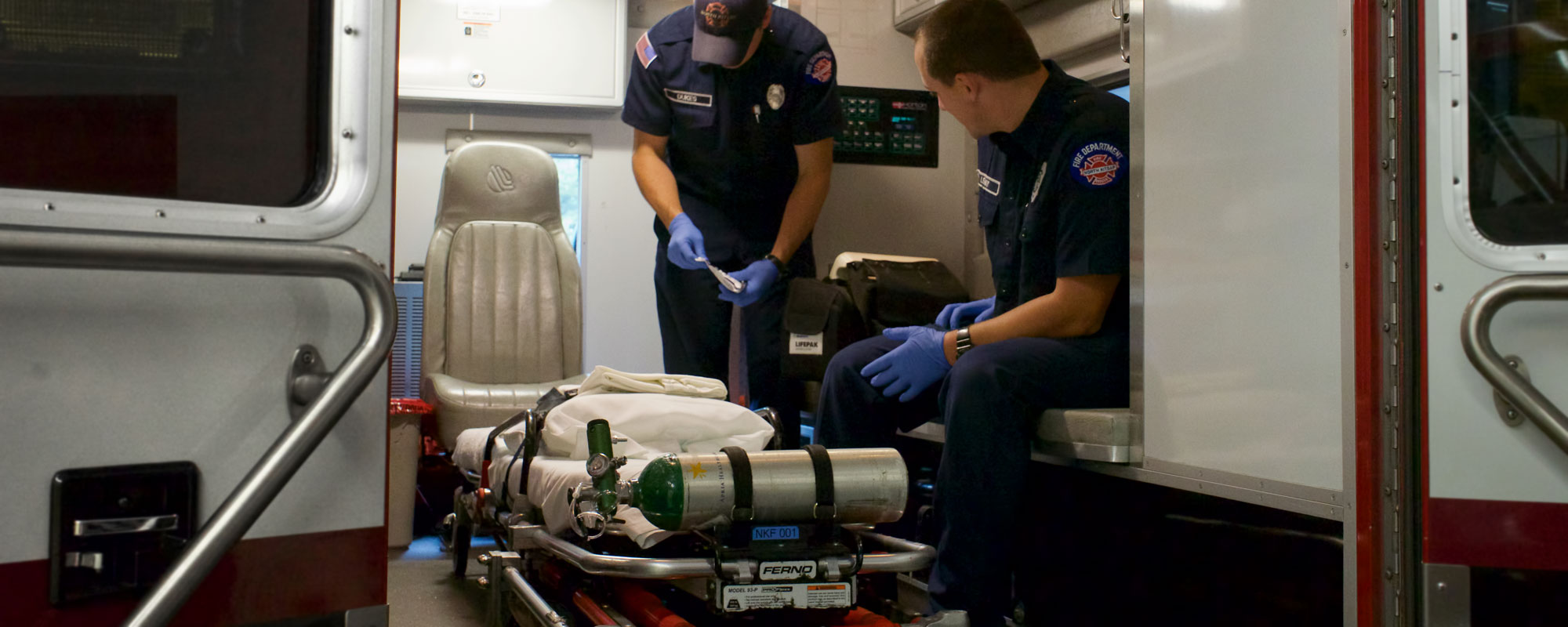Overview
NKF&R provides emergency response to a variety of situations, from fires and medical incidents to trees across roadways, flooding problems and more. In 2023, the department answered 3,726 calls.
Since repositioning the district’s stations and assigning full-time crews to all of these facilities in 2002, NKF&R has made significant improvements in response times. Seconds count in emergencies, and NKF&R personnel remain committed to providing safe and effective response as quickly as possible. Learn more about the apparatus — fire engines, water tenders, ambulances, brush truck and marine unit — that the district uses to respond.
Despite an emergency response workload that averaged over 10 calls across the district per day during 2023, NKF&R crews still invest their time between emergencies in a wide variety of other activities: training and education; equipment, station and grounds maintenance; pre-fire planning; physical fitness; report writing/records management; public education and community involvement activities; special projects, and much more.
Emergency Medical Services
 Nearly two-thirds of NKF&R’s alarms are calls for medical aid. From injuries sustained in car crashes to possible heart attacks, the department provides both basic and advanced life support services.
Nearly two-thirds of NKF&R’s alarms are calls for medical aid. From injuries sustained in car crashes to possible heart attacks, the department provides both basic and advanced life support services.
Basic life support services are provided by personnel who have completed at least a 112-hour course, and have earned Emergency Medical Technician (EMT) certification. EMTs are permitted to administer oxygen and certain other medications, utilize automated external defibrillators (AEDs), care for wounds and fractures, perform CPR. Our EMTs are also skilled at determining the severity of a medical situation and, if necessary, calling for additional resources to ensure the best possible care. Nearly all of the department’s response personnel are EMTs, and every piece of department apparatus (including fire engines) is outfitted with medical equipment.
About 30 – 40% of medical calls are serious enough to warrant the advanced life support skills of a paramedic. These professionals log an average of 2000 hours in initial training. They’re authorized to establish intravenous lines for fluids and medications, administer certain life-saving and pain-killing drugs, intubate (protect the patient’s airway by inserting a tube into the trachea/windpipe) and much more. Every day there is at least one paramedic on duty to serve NKF&R’s citizens.
Most patients are transported by ambulance to St. Michael Medical Center in Silverdale. When conditions permit, critically ill or injured patients are flown via Airlift Northwest or Life Flight helicopter to the region’s trauma specialists at Harborview Medical Center in Seattle.
Emergency medical response is made possible by a six-year, voter-approved property tax levy that permits the department to collect $0.50/$1,000 of assessed valuation. The levy was last renewed in November 2019, and earned an 78.8% “yes” vote.
Fire Suppression

After containing the brush fire at Point No Point Beach in Hansville (July 2015) crews still had to work hard at digging up hot spots to make sure it was completely out. An excavator and its operator from Kitsap County Public Works was on scene to help.
Reports of wires down, outdoor burning complaints and fire alarm activations are NKF&R’s most common non-medical responses. “Working fires” — those in which crews must perform fire extinguishment or other similar activities — generally comprise less than one-quarter of all fire-related calls. In 2023, NKF&R crews responded to 19 working structure fires — 9 within the district’s service area and 10 as assistance to neighboring agencies.
Brush fires are usually the most prevalent type of “working fire” every year. In 2022, firefighters responded to 15 of these incidents within the district.
The district has apparatus and equipment to battle most types of blazes. Property and business owners within NKF&R’s service area enjoy a fire insurance rating of 4 for structures within 1000′ of a fire hydrant. Although fire hydrants are located throughout the district, NKF&R deploys tanker trucks — each carrying thousands of gallons of water — to ensure adequate water for firefighting throughout our semi-rural communities.
Click here to learn more about NKF&R’s response vehicles.

